Expansion of End-User Industries
The expansion of end-user industries is a critical driver for the Aramid Fiber Reinforcement Material Market. Sectors such as automotive, aerospace, and construction are witnessing robust growth, leading to increased demand for high-performance materials. The automotive industry, in particular, is focusing on lightweight and durable materials to improve vehicle efficiency and safety. Additionally, the aerospace sector is increasingly utilizing aramid fibers for components that require high strength and low weight. As these industries continue to grow and evolve, the need for aramid fibers is likely to increase, further propelling the Aramid Fiber Reinforcement Material Market.
Growing Focus on Safety Regulations
The Aramid Fiber Reinforcement Material Market is also being driven by a growing focus on safety regulations across various sectors. Industries such as construction, automotive, and aerospace are increasingly mandated to comply with stringent safety standards. Aramid fibers, known for their durability and impact resistance, are being integrated into safety gear, structural components, and vehicle designs to meet these regulations. For example, the automotive industry is adopting aramid fibers in airbags and seat belts to enhance passenger safety. As regulatory frameworks continue to evolve, the demand for aramid fibers is expected to rise, thereby bolstering the Aramid Fiber Reinforcement Material Market.
Increasing Demand for Lightweight Materials
The Aramid Fiber Reinforcement Material Market is experiencing a notable surge in demand for lightweight materials across various sectors. Industries such as automotive and aerospace are increasingly prioritizing weight reduction to enhance fuel efficiency and performance. For instance, the use of aramid fibers in vehicle components can lead to a weight reduction of up to 30%, which is crucial for meeting stringent emissions regulations. This trend is further supported by the growing emphasis on sustainability, as lighter materials contribute to lower energy consumption. As manufacturers seek to innovate and improve product performance, the adoption of aramid fibers is likely to expand, driving growth in the Aramid Fiber Reinforcement Material Market.
Rising Applications in Defense and Military
The Aramid Fiber Reinforcement Material Market is significantly influenced by its rising applications in defense and military sectors. Aramid fibers are renowned for their high strength-to-weight ratio and exceptional ballistic resistance, making them ideal for protective gear, vehicle armor, and other military applications. The increasing defense budgets in various countries, coupled with the need for advanced materials to enhance soldier safety, are propelling the demand for aramid fibers. Reports indicate that the defense sector's investment in advanced materials is projected to grow, thereby positively impacting the Aramid Fiber Reinforcement Material Market. This trend suggests a robust future for aramid fibers in military applications.
Technological Innovations in Manufacturing Processes
Technological innovations in manufacturing processes are playing a pivotal role in shaping the Aramid Fiber Reinforcement Material Market. Advances in production techniques, such as improved spinning and weaving methods, are enhancing the performance characteristics of aramid fibers. These innovations not only increase the efficiency of production but also reduce costs, making aramid fibers more accessible to a broader range of industries. Furthermore, the development of hybrid materials that combine aramid fibers with other composites is expanding their application potential. As manufacturers continue to invest in research and development, the Aramid Fiber Reinforcement Material Market is likely to witness significant growth driven by these technological advancements.


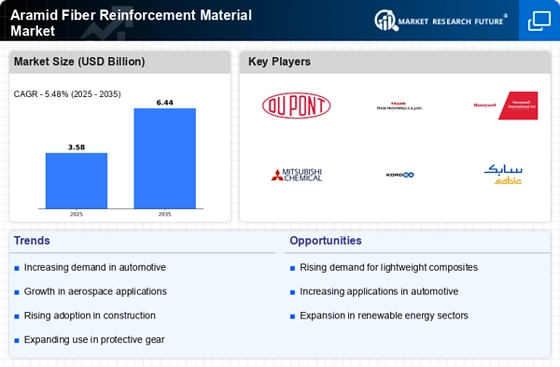
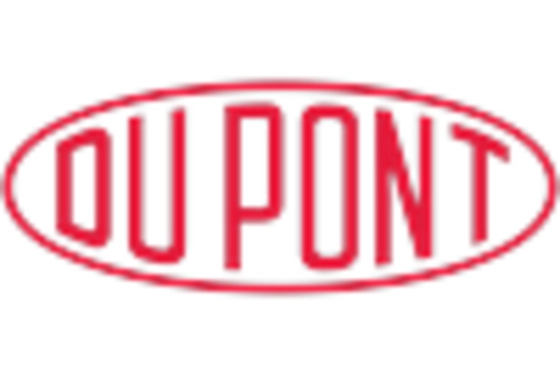
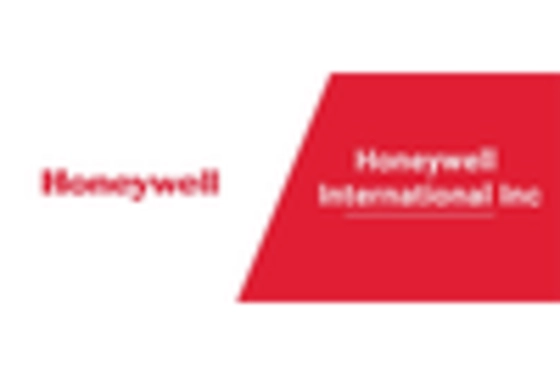
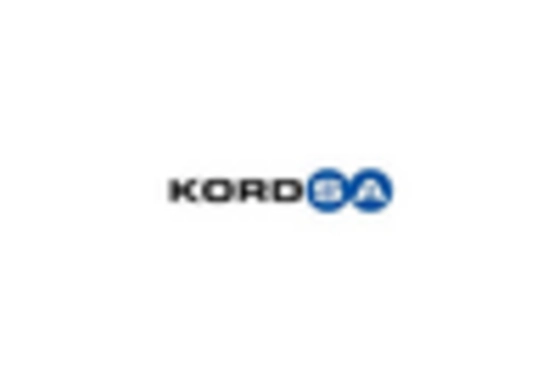
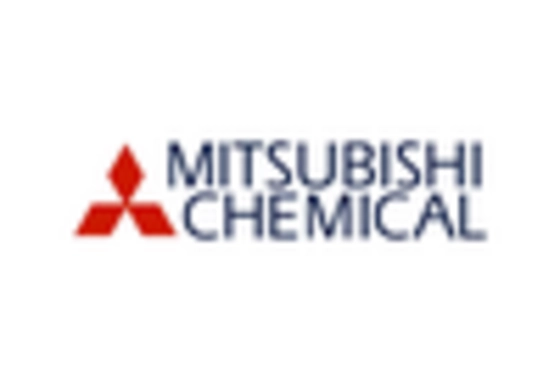
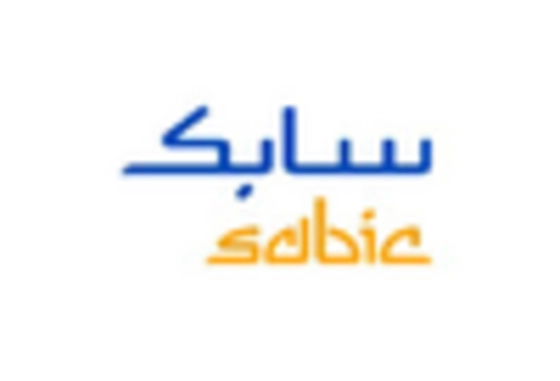
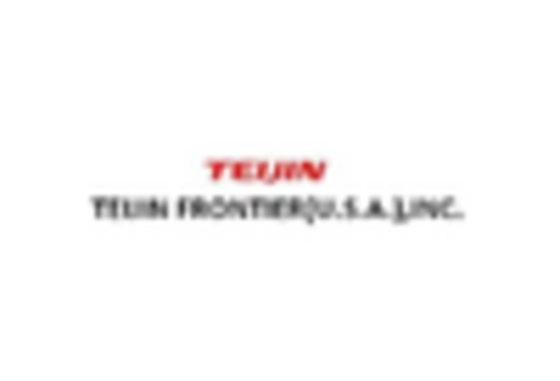








Leave a Comment